The Tokyo 2020 Olympics may be happening a year later than expected, but the technologies used to power it look like something from the future.
In August, Toyota will showcase a variety of eco-friendly vehicles and autonomous transportation options that were designed with two goals in mind. The line-up aims to achieve the lowest emissions target level of any official Olympic vehicle fleet, while also showcasing "Mobility for All" by allowing all people the freedom to move.
About 90% of the vehicles used during the games will rely on electric, fuel cell, or hybrid technology. Many of these emerging breakthroughs have been in development since before the start of the COVID-19 pandemic, but never had a chance to shine until now.
Due to COVID-19 social distancing protocols, some options presented may debut later. But for right now, here’s a peek into what’s been planned.
Battery Electric Vehicles (BEVs)
The evolution of battery electric vehicles will be on full display during the Tokyo Olympics, providing patrons with efficient transportation to and from events. Approximately 850 battery electric vehicles will be available to maximize freedom of movement for attendees. To honor Toyota’s commitment to the “Mobility for All” initiative, these BEVs are specifically engineered for enhanced wheelchair accessibility, comfort, and ease of use.
e-Pallete
One of the most anticipated debuts at the Tokyo Olympics is the recently upgraded Toyota e-Pallete autonomous vehicle. Feedback from Paralympic athletes contributed directly to upgraded design features such as lower floors and electronically controlled ramps for easier wheelchair access. The spacious interior includes foldable seats that make it possible to accommodate four wheelchairs at a time and up to seven additional standing passengers. In addition to enhanced support wheelchairs, the e-Pallete also comes equipped with high-contrast lights to accommodate individuals with visual impairments like color blindness. The e-Pallete represents the core of Toyota’s endeavor to lead the way in autonomous mobility as a service (Autono-MaaS). Numerous e-Palletes will be deployed during the games, each programmed to follow looping routes throughout the Olympic and Paralympic villages.
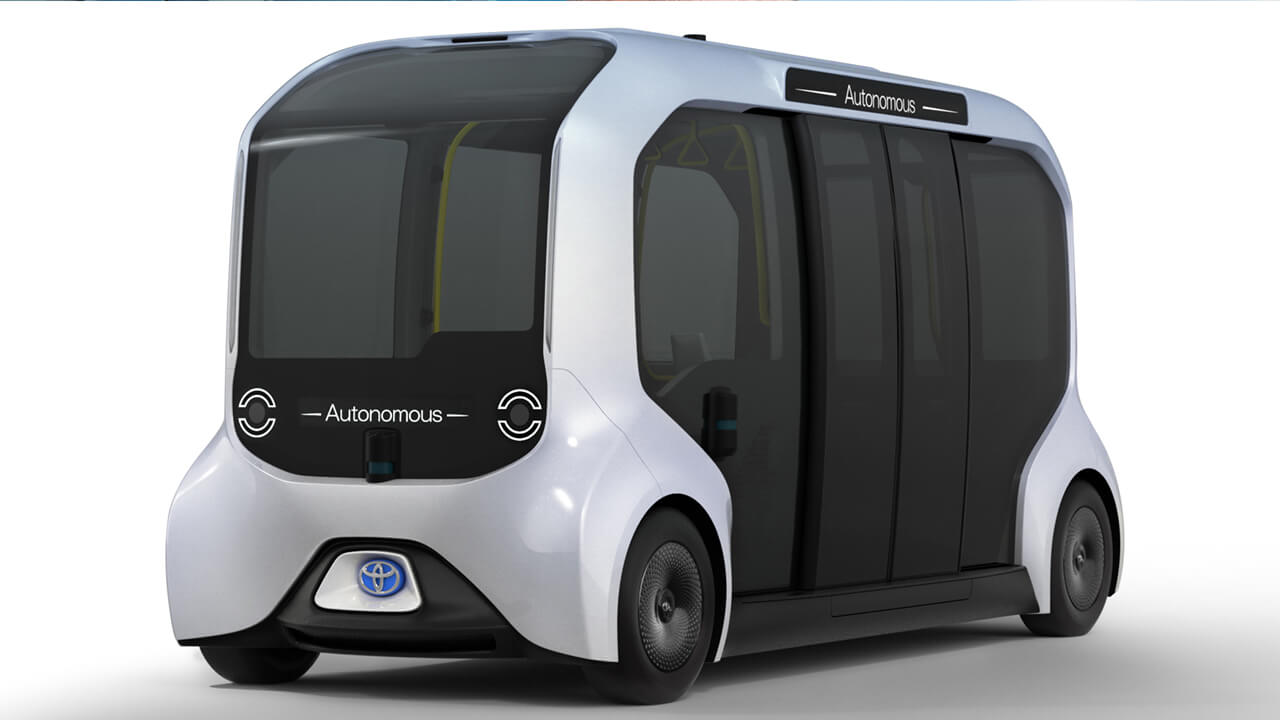
APM (Accessible People Mover)
Toyota’s Accessible People Mover will provide transport for athletes, visitors, and support staff within various venues. The vehicle comfortably seats up to five people, or one wheelchair and two seated passengers. Some 200 APMs will be used during the Olympics to maximize efficient freedom of movement during events. Like with the e-Pallete, the seats inside APMs are easily folded to create space for wheelchairs, while a pull-out ramp hidden beneath the vehicle makes boarding and departing easier. APMs are also built to safely and securely transport individuals on a stretcher if needed. Safety bars are installed inside and out as well.
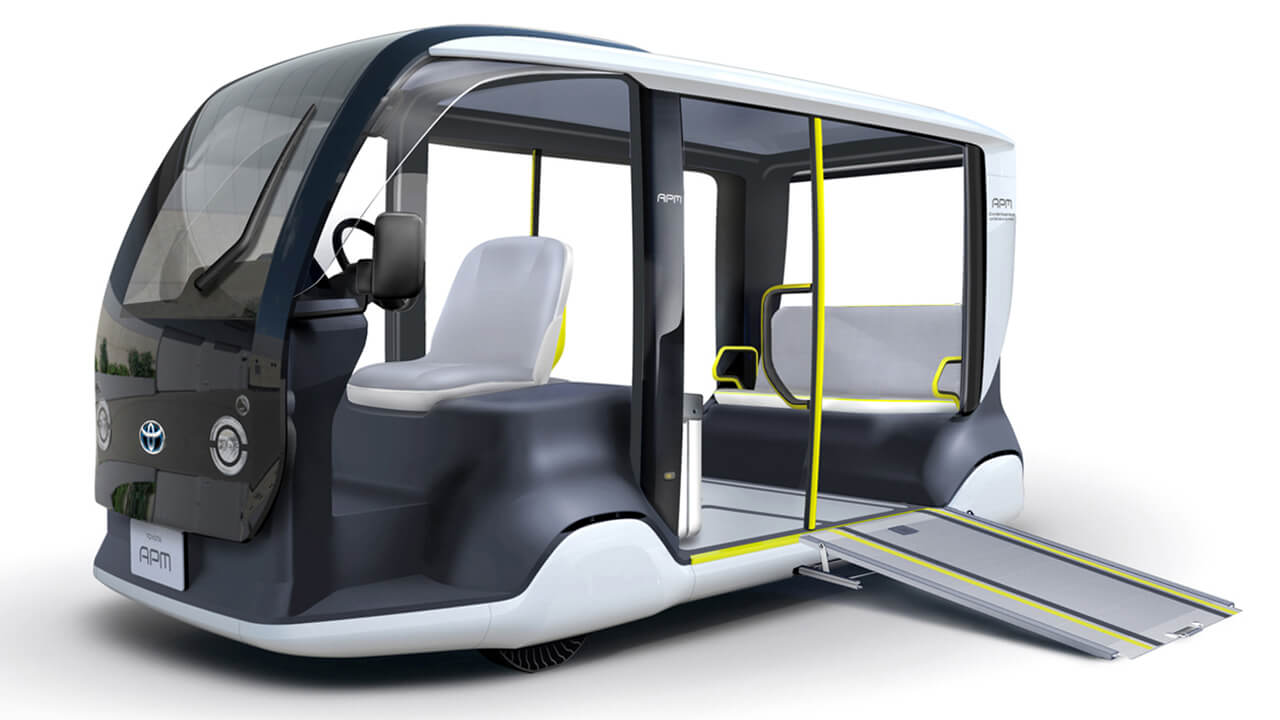
Toyota Concept-i
The beautifully engineered Concept-i is another autonomous vehicle by Toyota expected to make an appearance during the Olympics. This vehicle will be among several other cutting-edge autonomous vehicles Toyota plans to test drive throughout a confluence of roads in Tokyo known as the “MEGAWEB”. The Toyota Concept-i features a state-of-the-art AI that learns to support the unique needs of the driver. The vehicle's artificial intelligence relies on biometric sensors, facial recognition software, and social media activity to develop a more meaningful relationship with the owner of the vehicle. Although large-scale production of the Toyota Concept-i remains some years away, the Tokyo Olympics will provide an excellent opportunity to demonstrate the future of automated personal transportation.
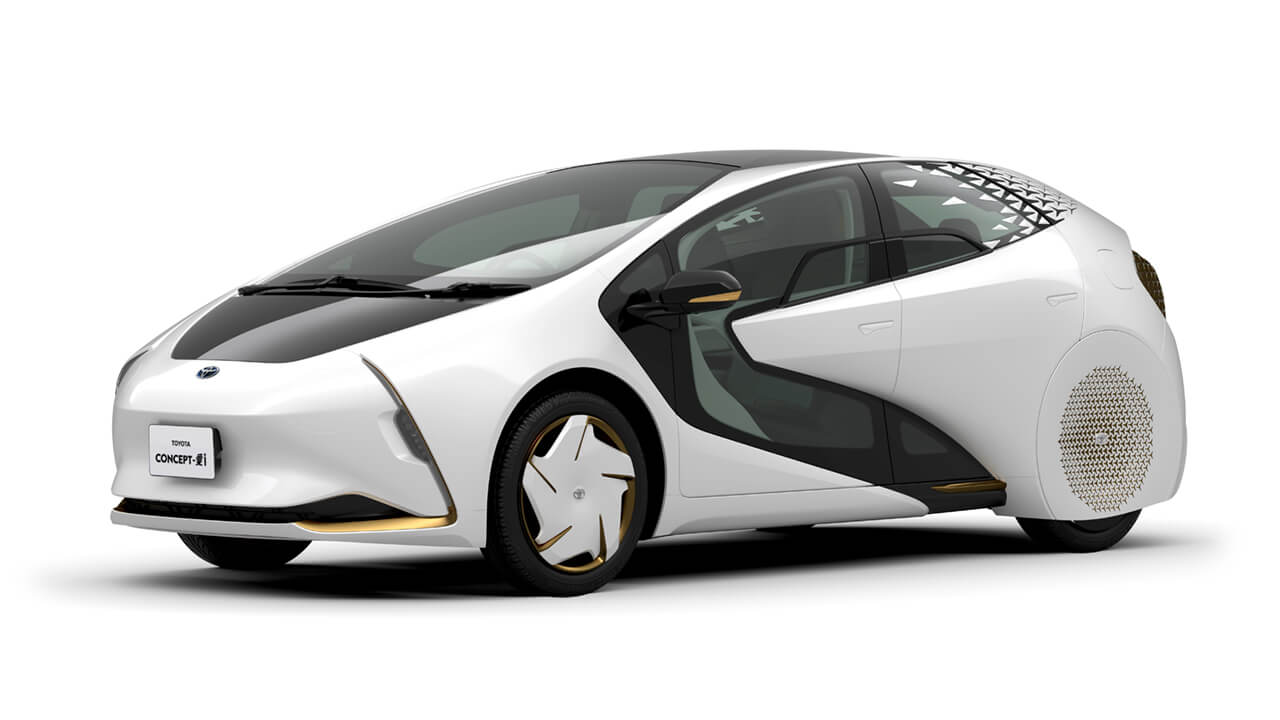 The Toyota Concept-i is an autonomous vehicle that will appear at the Olympic torch relay as the lead vehicle.
The Toyota Concept-i is an autonomous vehicle that will appear at the Olympic torch relay as the lead vehicle.Walking area BEVs
Toyota will provide several types of battery electric vehicles for personal use during the Olympics, including a wheelchair-link BEV attachment with two and half hours of battery life. Toyota’s sitting-type BEV supports a range of up to 6.2 miles and will allow attendees who have difficulty walking to move freely within venues. There are also standing BEVs that will be used primarily by medical support personal, staff, or security.
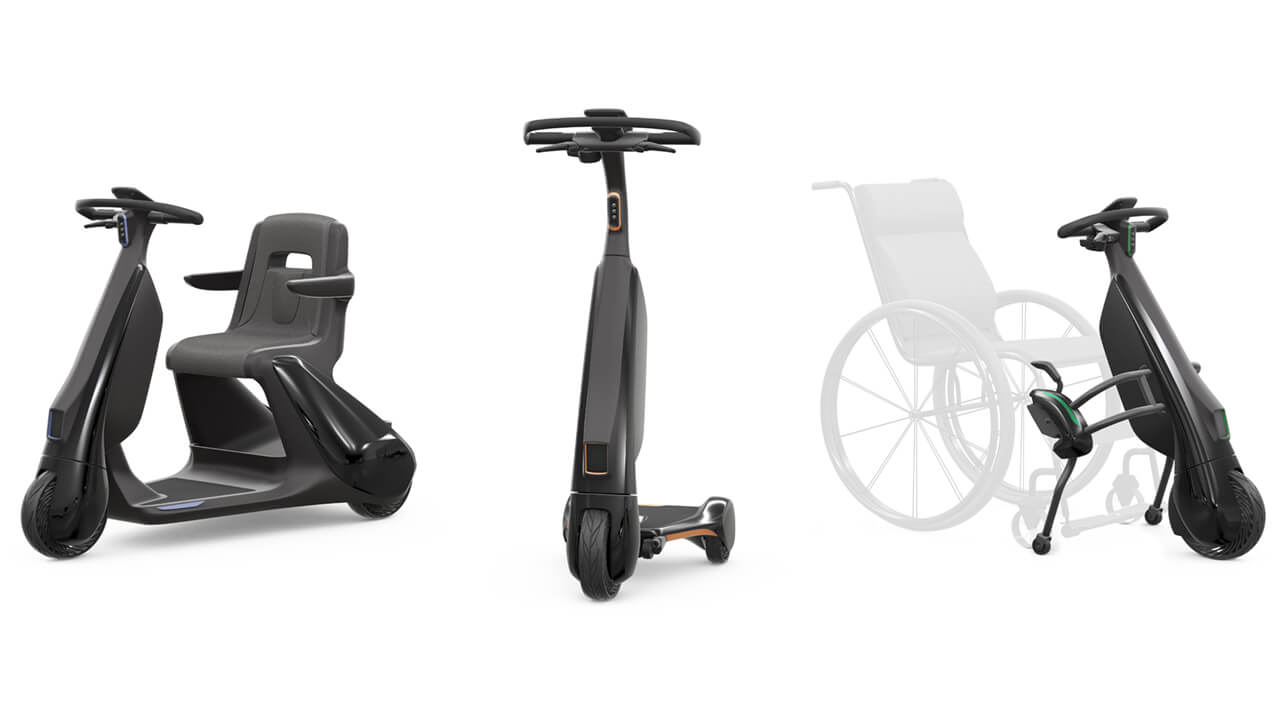 Different types of BEV personal mobility devices are planned for Olympic venues.
Different types of BEV personal mobility devices are planned for Olympic venues.
Hydrogen Fuel Cell Technology
Ongoing development of fuel cell electric vehicles (FCEVs) continues to push the frontiers of clean and sustainable energy. Around 500 Toyota vehicles powered by hydrogen fuel cells will augment transportation needs during the games to meet the ambitious emission standards of the Tokyo Olympics. Many predict that Toyota’s sustainable fleet of vehicles, including FCEVs, will result in half the amount of carbon dioxide emissions that gas-powered engines would produce.
Toyota’s “Sora” Fuel Cell Bus
The Sora bus by Toyota will help transport larger groups between venues at the Olympics. Sora (an acronym for the water cycle: sky, ocean, river, air) buses demonstrate the advanced Toyota Fuel Cell System or TFCS, a power system that produces zero emissions during operation. Seats inside the bus revert to a folded position when they are not in use, providing additional space for wheelchairs or storage. In addition, Sora buses are equipped with several HD cameras to monitor foot traffic and other nearby activity, notifying bus drivers of any potential safety concerns.
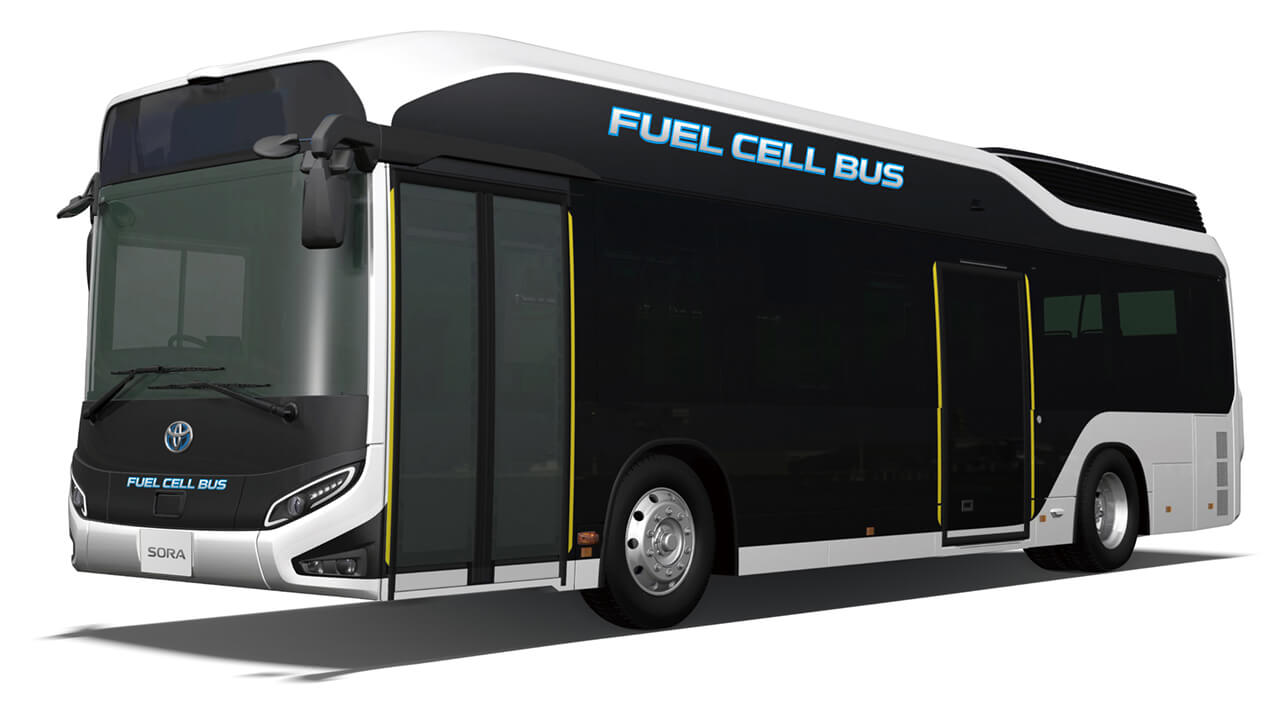
The Toyota Mirai
Toyota will provide several hundred fuel cell sedans for transporting Olympic staff throughout the games. Like the Sora bus, the Mirai produces no emissions but performs on par with conventional gas-powered vehicles. The Mirai features a range of advanced safety features, including an emergency shut-off function and various alert systems to notify drivers of possible hazards on the road. The computer system inside the Mirai monitors the vehicle in real-time and will advise drivers if any issues are detected.
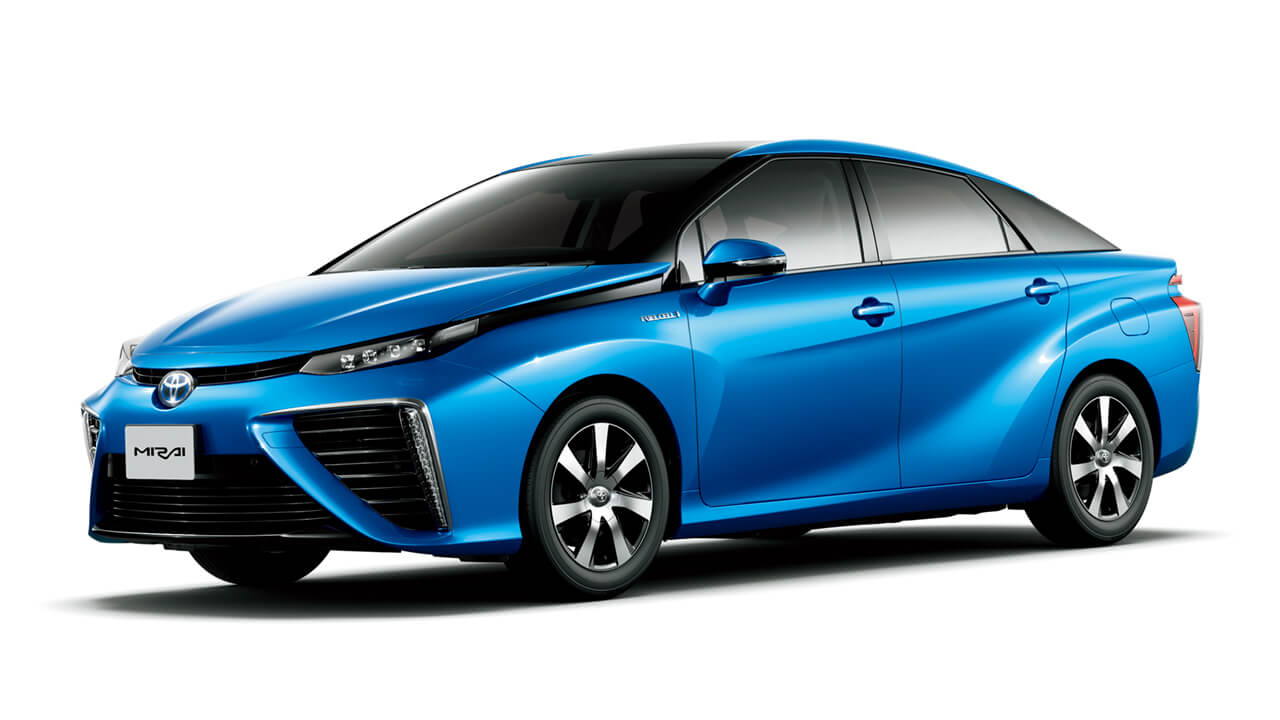
The Mirai has been a staple of Toyota’s eco-friendly vehicles since its debut in 2014.
Fuel Cell Forklifts
Toyota will also provide several fuel cell forklifts to support the movement of materials during the Tokyo Olympics. Refilling the hydrogen tanks of these forklifts takes a matter of minutes, in contrast to the hours it often takes to recharge conventional battery-operated alternatives. The cost savings and sustainability of Toyota’s fuel cell forklifts hold enormous promise for reducing emissions in warehouses and other industrial environments.
Incredible advancements in robotics continue to change how humans interact with technology. Various Toyota robots will be another key feature of the Tokyo Olympics, supporting both staff and attendees with a range of needs. These robots are expected to provide unprecedented assistance to those with mobility requirements within various Olympic venues.
- HSR: The human support robot will fulfill the role of the waitstaff at the Olympics. Attendees can select refreshments from a tablet provided and the HSR will relay the order to another robot for delivery. The HSR can effectively navigate obstacles and pedestrian traffic thanks to its omnidirectional wheels and multiple integrated cameras.
- DSR: Once an order is placed with an HSR, a delivery support robot (DSR) will bring food or beverages directly to the visitor. The human support robot will then retrieve a basket containing the ordered snacks or drinks from the DSR and hand them to the attendee. Together, the HSR and DSR will assist those in wheelchairs or mobility needs throughout the Tokyo games.
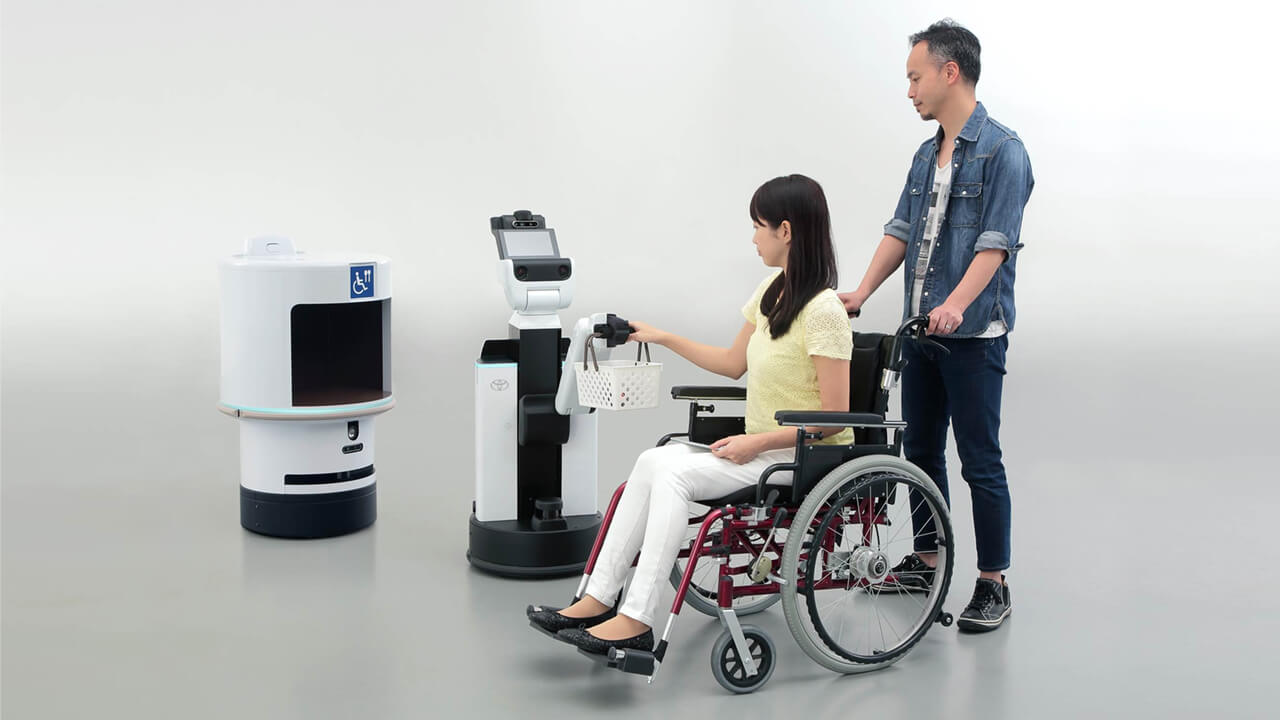
- FSR: Toyota’s field support robots are programmed to follow a human’s path and assist with transporting materials during Olympic events. The FSR relies on Lidar technology to map out its surroundings and determine the best route to reach its destination. For those with disabilities, the field support robot will make numerous activities more convenient.
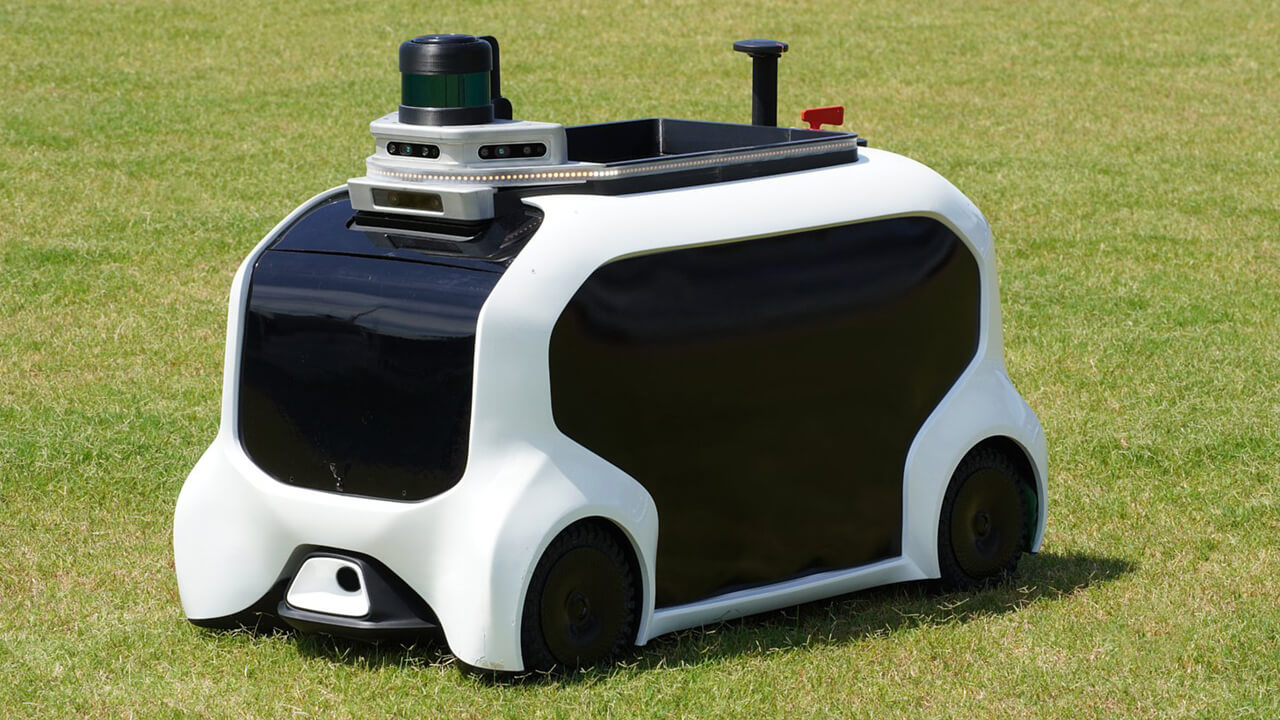
- THR-3: This robot imitates the movements of a human operator and may make an appearance at the Olympics. Those who cannot attend in person can take control of a THR-3 to experience the excitement of the games. The THR-3 may be unveiled alongside the THR-1, a remote communication vehicle that projects an image of the operator on a large front-facing screen.
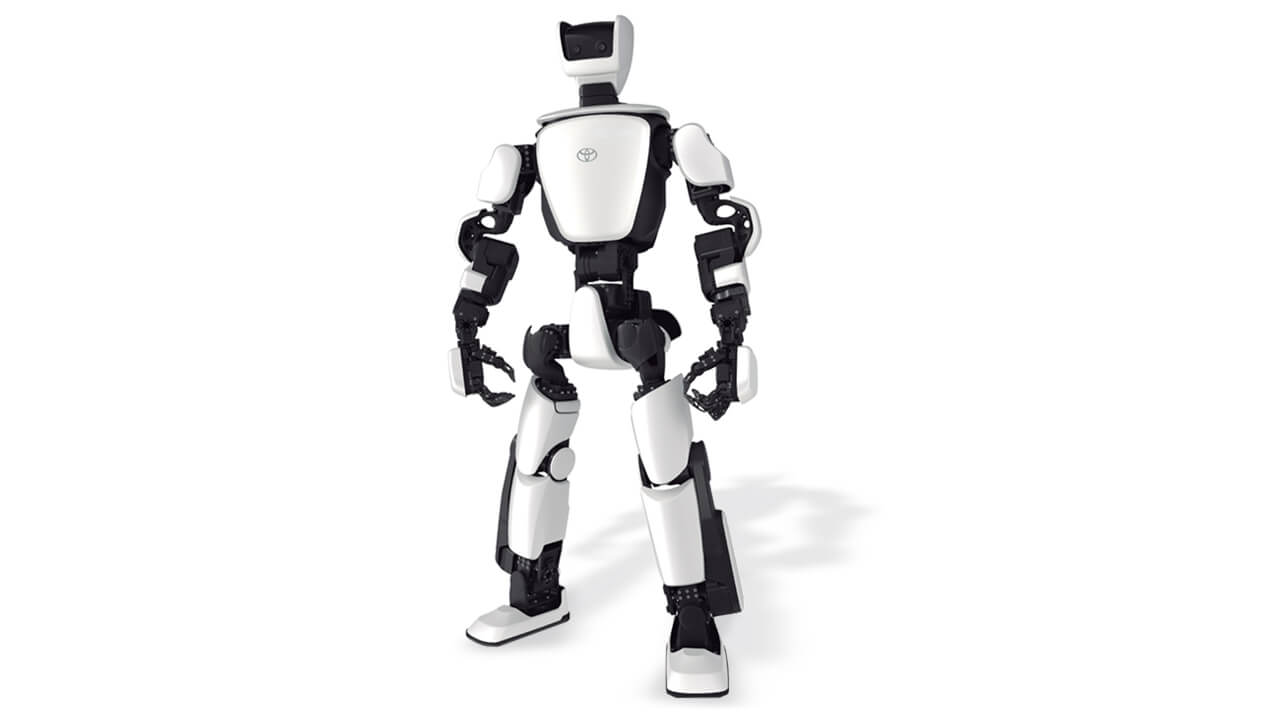
The 2020 Tokyo Olympics will provide a unique glimpse into the future of sustainable, inclusive technologies. The various innovative vehicles and robots on display during the games convey Toyota’s ongoing commitment to providing “Mobility for All.” As Toyota continues to explore the frontiers of automation, AI, and robotics, the Olympics will prove to be an exciting sneak peek of things to come.
